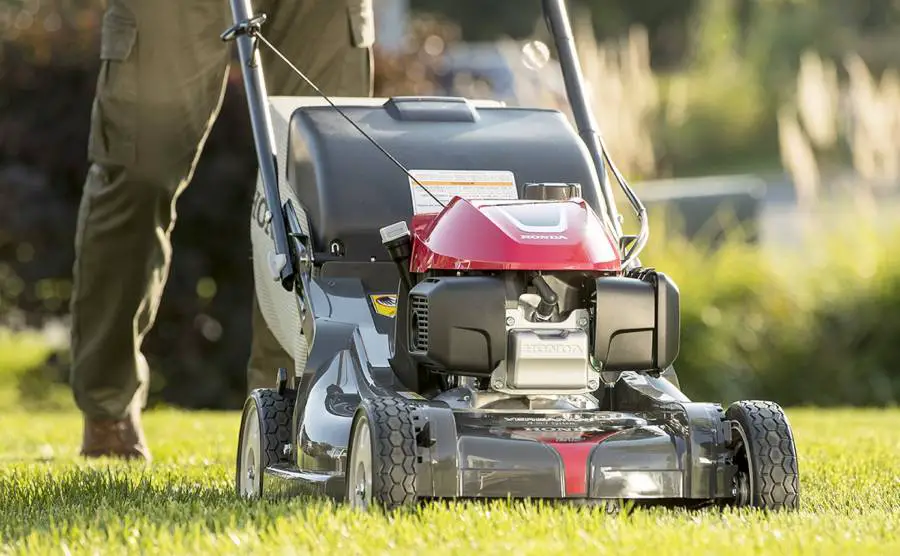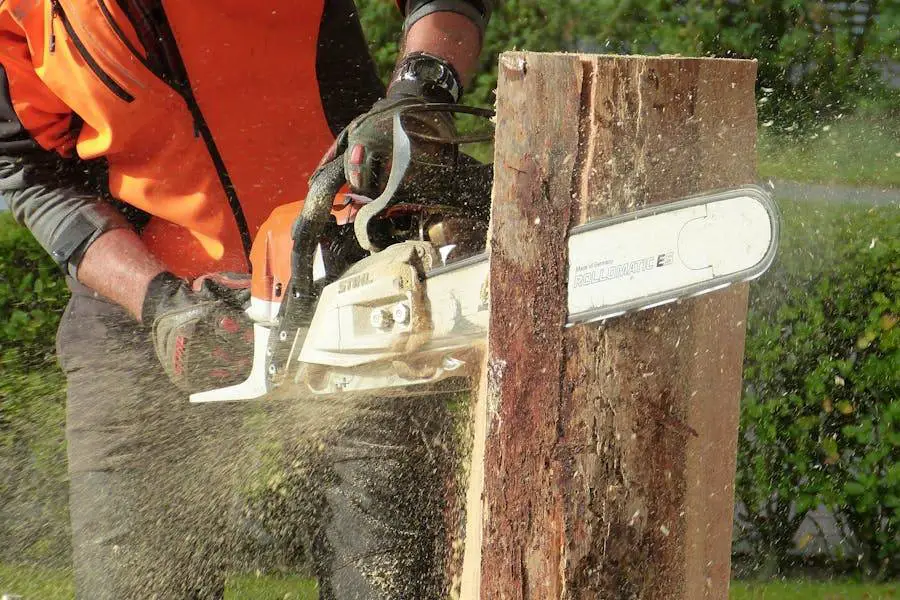Table of Contents
Honda GCV160 engines are popular and reliable. Unfortunately, they do occasionally experience starting problems.
This post will look at these problems’ causes and possible solutions.

Remember that every engine is unique, so what works for one may not work for another.
If you’re having problems getting your Honda GCV160 engine to start, hopefully, this post will help you troubleshoot the issue and get your engine up and running again.
Causes And Solutions
Low Engine Oil
Honda GCV160 engine may be low on oil. If your Honda GCV160 engine is not operating at its full potential, it may be due to low oil levels.
This problem can have several causes, so inspecting the engine and determining the root cause is essential.
Here are some of the most common causes:
- Worn or damaged oil filter.
- Clogged or dirty fuel injectors.
- Worn or broken pistons.
- Leaking valves or seals.
The solution to this problem is to add more oil until the engine has enough. Dipsticks can be used to check the oil level; if it is low, you will need to add more.
Be sure to use the correct type of oil for your engine, and do not overfill it. Too much oil can cause problems and damage your engine.
Just add enough to bring it up to the entire line on the dipstick.
The Air Filter May Be Dirty
If your Honda GCV160 air filter is dirty, it may be causing the engine not to start. A dirty air filter will decrease horsepower and cause the Honda to run rough.
To remedy this issue, you can take the following steps:
- Clean the air filter with a vacuum cleaner and a brush.
- Add new oil (or synthetic oil) to the engine and shake it well before inserting it into the Honda engine.
- Turn the key on and wait for 10 seconds before starting the honda. If it still does not start, try replacing the air filter again.
The Spark Plug
Several reasons your Honda GCV160 spark plugs may not be working. One possibility is that the plugs are fouled or damaged.
Another possibility is that the spark plug gap is too broad. Finally, it could be that the spark plugs are not getting enough voltage.
The best way to fix this problem is to take the plugs out and inspect them. If they are fouled or damaged, you will need to replace them.
An adjustment can be made with a feeler gauge if the gap between the spark plugs is too broad.
Finally, you can check the ignition system for problems if the spark plugs are not getting enough voltage.
Dirty Fuel Or Old Fuel
Honda GCV160 fuel may be old or dirty, so it will not start. However, if you follow the solution steps below, you should be able to fix your Honda Gcv160.
First, make sure that the fuel is fresh. Second, check for clogged filters and replace them if necessary.
Third, clear any debris from the fuel lines and injectors. Lastly, try starting the engine several times before giving up and contacting a professional mechanic.
The Carburetor May Need To Be Cleaned
Honda GCV160 carburetor is a common issue that many riders face. It’s not uncommon for the carburetor to fail, causing the GCV160 not to start.
When this happens, there are several things that you can do to try and get your machine running again.
- Check the carburetor bowl for dirt or debris. If there is any, clean it out and try starting the engine again.
- Check the carburetor float level. If it is too low, it will not allow enough fuel into the engine and will not start. Adjust the float level according to the manufacturer’s instructions and try starting the engine again.
- Check the carburetor jets for clogs. If there are any, clean them out and start the engine again.
If the engine does not start, it may be necessary to replace the carburetor. Consult a qualified mechanic for assistance.

Check The Fuel Level
If your mower doesn’t start, there may be a problem with the fuel level. Here are the steps you need to take to fix the problem:
- Check the gas cap.
- Make sure it’s securely in place and not damaged.
- Check the fuel level.
- If it’s low, add more fuel.
If it’s still low, try starting the engine by pressing the starter button several times. If that doesn’t work, check to see if any liquid or gas is coming out of the exhaust pipe.
If no liquid or gas comes out of the exhaust pipe, your engine may have been flooded with water and need to be replaced.
Check For Any Loose Wiring
Honda GCV160 loose wiring as the cause why it will not start is a common issue that many Honda owners face. The solution steps to fix this problem are as follows:
- Check for loose wires or damaged connectors on the bike’s electrical system. If you find any such problems, take appropriate measures to correct them.
- Try starting the bike by connecting the battery and turning the key to the “on” position. If the bike starts, its electrical system is likely nothing wrong. However, if it doesn’t start after trying these measures, you may need to replace its engine wiring.
- If your Honda GCV160 still doesn’t start after following step 2, then it may be due to a broken wire or malfunctioning component within its electrical system.
The Ignition System
Troubleshooting steps can be performed to determine the cause of the malfunctioning system. Here are some common causes:
- Bad wiring connections – This is a common issue with Honda GCV160 and can often be traced back to corroded or improperly installed wiring. If the wires are loose or frayed, they can easily short out and cause problems. In addition, poor electrical connections at the engine control module (ECM) can also lead to an intermittent issue with the IGN switch.
- Faulty ignitor – The ignitor is responsible for starting the engine, and if it’s not working correctly, it’ll prevent the Honda GCV160 from starting.
By following the correct steps, this problem can be resolved. First, ensure that the key is turned to the “on” position before attempting to start.
If the key still does not turn the engine over, there may be an issue with the ignition system. To fix this issue, you will need to replace the ignition system.
The Engine Is Seized
Honda GCV160 engine is seized. It happens when the spark plugs, pistons, or rings become fouled with oil, gas, or other debris.
The origin of this issue might be anything, from a buildup of carbon on the pistons to a damaged ring that results in excessive oil loss.
Both of these scenarios would have the same effect.
If left untreated, this issue can lead to extensive damage to the engine and might even require a replacement.
In most cases, however, cleaning and adjusting the engine’s settings can remedy the situation and get it back in action.
Conclusion
Do not put off getting these problems resolved if you are currently dealing with any of the problems that are discussed in this post.
The sooner you take action, the sooner you’ll be back up and running with a reliable Honda GCV160 engine.
We hope that our guide has been helpful, and we encourage you to reach out if you have any questions or need further assistance.




![Hot And Neutral Reversed But Wired Correctly [Causes + Solutions] Hot And Neutral Reversed But Wired Correctly [Causes + Solutions]](https://homesteadandprepper.com/wp-content/uploads/2022/06/Hot-And-Neutral-Are-Reversed-But-Wired-Correctly-150x150.jpg)



